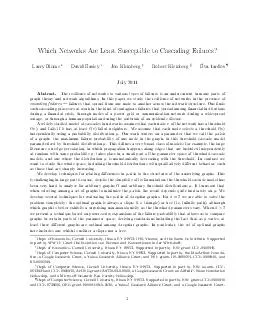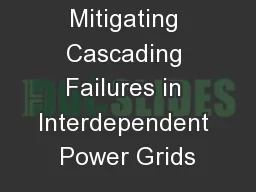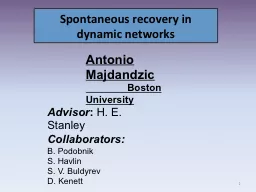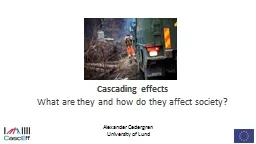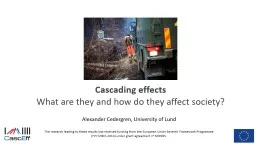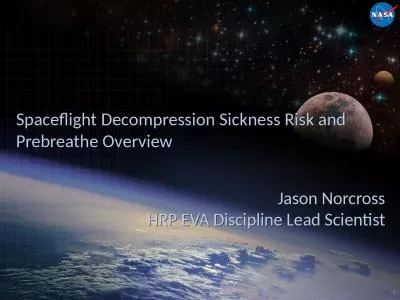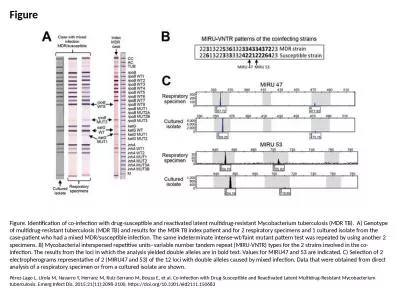PDF-Which Networks Are Least Susceptible to Cascading Failures Larry Blume David Easley Jon
Author : alida-meadow | Published Date : 2014-12-21
The resilience of networks to various types of failures is an undercurrent in many parts of graph theory and network algorithms In this paper we study the resilience
Presentation Embed Code
Download Presentation
Download Presentation The PPT/PDF document "Which Networks Are Least Susceptible to ..." is the property of its rightful owner. Permission is granted to download and print the materials on this website for personal, non-commercial use only, and to display it on your personal computer provided you do not modify the materials and that you retain all copyright notices contained in the materials. By downloading content from our website, you accept the terms of this agreement.
Which Networks Are Least Susceptible to Cascading Failures Larry Blume David Easley Jon: Transcript
Download Rules Of Document
"Which Networks Are Least Susceptible to Cascading Failures Larry Blume David Easley Jon"The content belongs to its owner. You may download and print it for personal use, without modification, and keep all copyright notices. By downloading, you agree to these terms.
Related Documents

